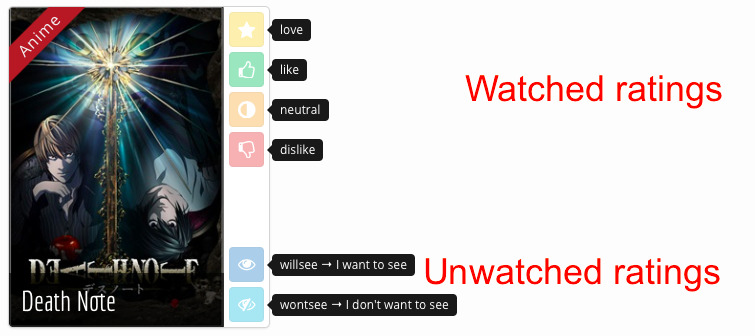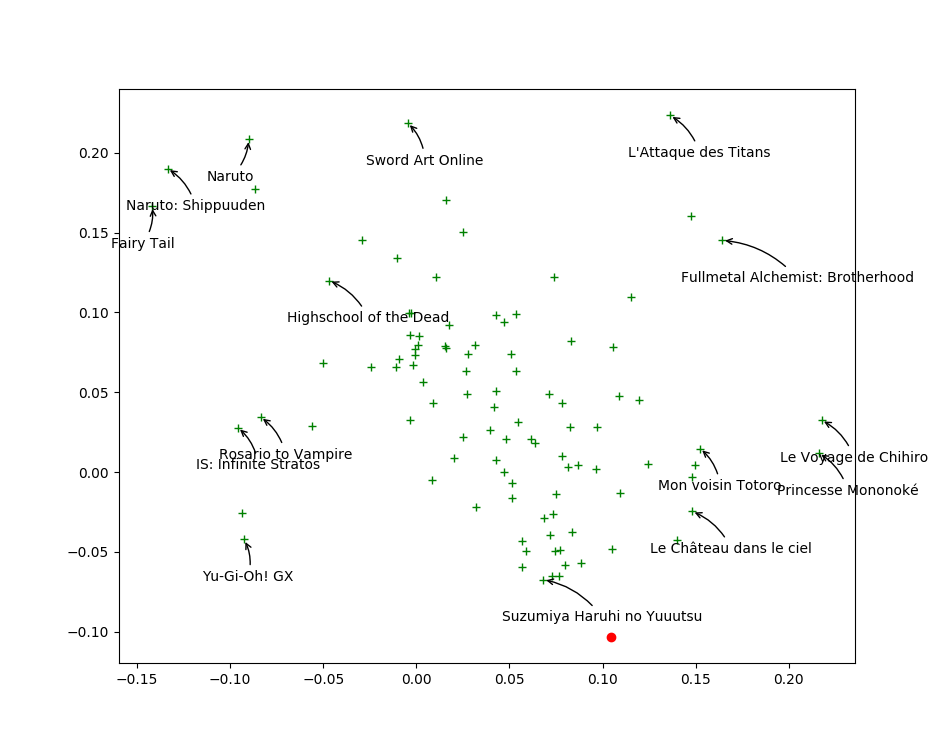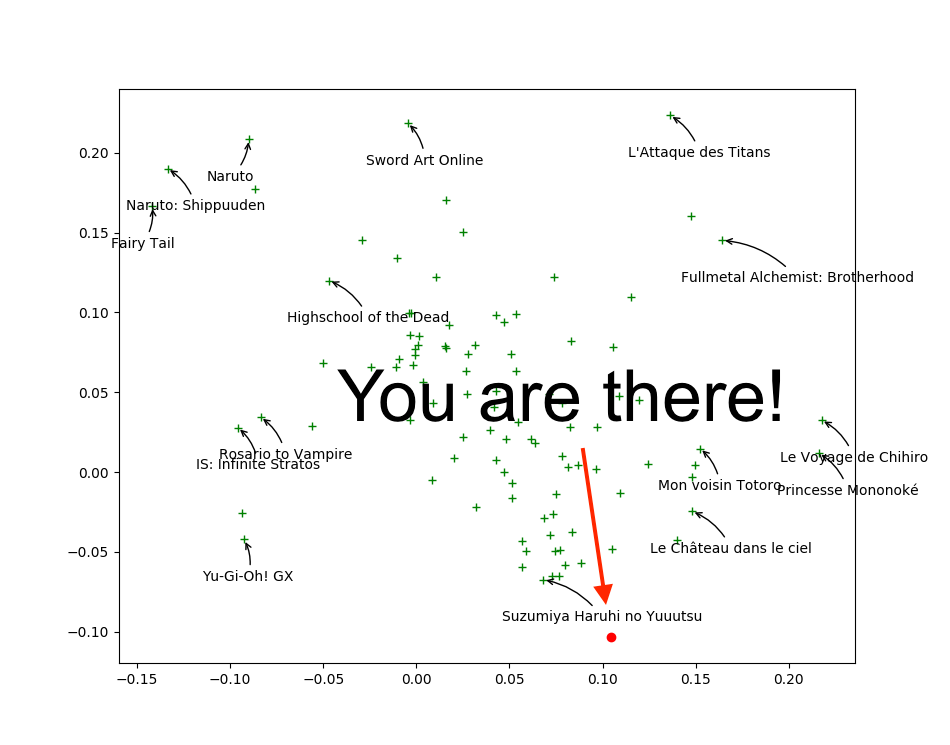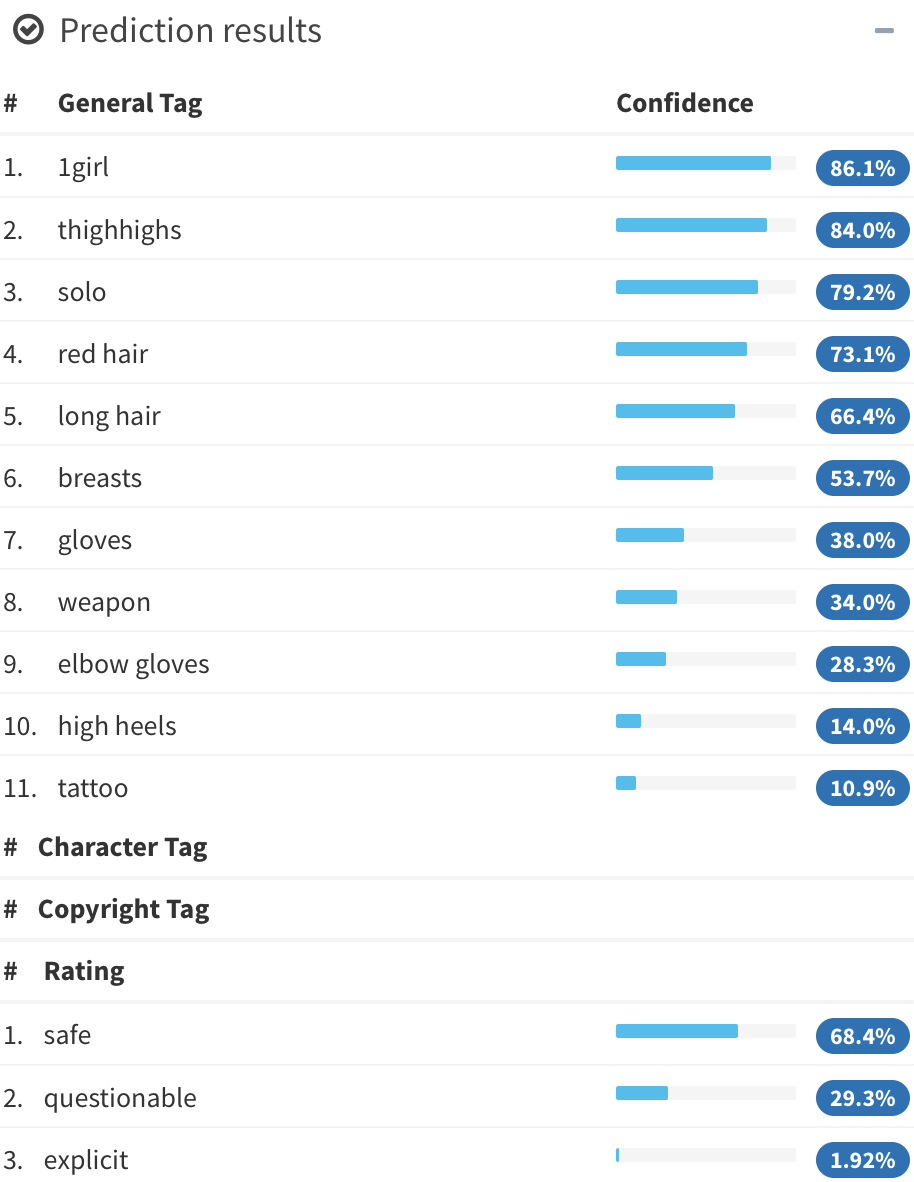Jill-Jênn Vie
Researcher at Inria
% Using Ratings & Posters\newline for Anime & Manga Recommendations % Jill-Jênn Vie % RIKEN Center for Advanced Intelligence Project (Tokyo)\newline Mangaki (Paris) — header-includes: - \usepackage{tikz} - \usepackage{array} - \usepackage{icomma} - \usepackage{multicol,booktabs} - \def\R{\mathcal{R}} handout: true —
Jill-Jênn Vie
- 2006: Prépa MP au lycée Thiers
- 2008: Auditeur à l’ENS de Lyon
- 2010: Normalien à l’ENS de Cachan
- 2012: Master Parisien de Recherche Informatique
- 2013: Raté un master de mathématiques
- 2014: Agrégation de mathématiques
- 2016: Thèse d’informatique à l’Université Paris-Saclay
- 2017: Postdoc à Tokyo
RIKEN Center for Advanced Intelligence Project
 \
\
- RIKEN is the biggest public research institution in Japan
- New AI lab near Tokyo Station (opened in 2016)
- 3 interns from Master Vision Apprentissage in ENS Paris-Saclay
- 8 accepted papers at NIPS 2017
Recommendation System
Problem
- Every user rates few items (1 %)
- How to infer missing ratings?
 \
\
Every supervised machine learning algorithm
fit($X$, $y$)
\centering
\begin{tabular}{ccc} \toprule
\multicolumn{2}{c}{$X$} & $y$\ \cmidrule{1-2}
\texttt{user_id} & \texttt{work_id} & \texttt{rating}\ \midrule
24 & 823 & like
12 & 823 & dislike
12 & 25 & favorite
\ldots & \ldots & \ldots\ \bottomrule
\end{tabular}
\pause
$\hat{y}$ = predict($X$)
\centering
\begin{tabular}{ccc} \toprule
\multicolumn{2}{c}{$X$} & $\hat{y}$\ \cmidrule{1-2}
\texttt{user_id} & \texttt{work_id} & \texttt{rating}\ \midrule
24 & 25 & \only<2>{?}\only<3>{\alert{disliked}}
12 & 42 & \only<2>{?}\only<3>{\alert{liked}}\ \bottomrule
\end{tabular}
Evaluation: Root Mean Squared Error (RMSE)
If I predict $\hat{y_i}$ for each user-work pair to test among $n$,
while truth is $y^*_i$:
Dataset: Mangaki
 \
\
- 2300 users
- 15000 works \textcolor{gray}{\hfill {\em \small anime / manga / OST}}
- 340000 ratings \textcolor{gray}{\hfill {\em \small fav / like / dislike / neutral / willsee / wontsee}}
- User can rate anime or manga
- And receive recommendations
- And reorder their watchlist
\pause
- Code is 100% on GitHub
- Awards from Microsoft and Japanese Foundation
- Ongoing \alert{data challenge} on
research.mangaki.fr
Recommendation algorithms
- Content-based
-
(features for movies: directors, genre, etc.)
- Collaborative filtering
-
(solely based on ratings)
- Hybrid recommender systems
-
(combine those two)
KNN $\rightarrow$ measure similarity between users (or items)
$K$-nearest neighbors
- $\R_u$ represents the row vector of user $u$ in the rating matrix (users $\times$ works).
- Similarity score between users (cosine): \(score(u, v) = \frac{\R_u \cdot \R_v}{||\R_u|| \cdot ||\R_v||}.\)
- Let’s identify the $k$-nearest neighbors of user $u$
- And recommend to user $u$ what $u$’s neighbors liked
but $u$ didn’t see
Hint
| If $R’$ the $N \times M$ matrix of rows $\frac{\R_u}{ | \R_u | }$, we can get the $N \times N$ score matrix by computing $R’ R’^T$. |
Matrix factorization $\rightarrow$ reduce dimension to generalize
\vspace{-7mm}
\(R = \left(\begin{array}{c} \R_1\\ \R_2\\ \vdots\\ \R_n \end{array}\right) = \raisebox{-1cm}{\begin{tikzpicture} \draw (0,0) rectangle (2.5,2); \end{tikzpicture}} = \raisebox{-1cm}{\begin{tikzpicture} \draw (0,0) rectangle ++(1,2); \draw node at (0.5,1) {$C$}; \draw (1.1,1) rectangle ++(2.5,1); \draw node at (2.35,1.5) {$P$}; \end{tikzpicture}}\) \(\text{$R$: 2k users $\times$ 15k works} \iff \left\{\begin{array}{l} \text{$C$: 2k users $\times$ \alert{20 profiles}}\\ \text{$P$: \alert{20 profiles} $\times$ 15k works}\\ \end{array}\right.\) $\R_\text{Bob}$ is a linear combination of profiles $P_1$, $P_2$, etc..
\pause
Interpreting Key Profiles
\begin{tabular}{@{}lccc@{}}
If $P$ & $P_1$: adventure & $P_2$: romance & $P_3$: plot twist
And $C_u$ & $0,2$ & $-0,5$ & $0,6$
\end{tabular}
$\Rightarrow$ $u$ \alert{likes a bit} adventure, \alert{hates} romance, \alert{loves} plot twists.
\vspace{2mm}
\pause
Ex. Singular Value Decomposition (SVD)
$R = (U \cdot \Sigma)V^T$ where $U : N \times r$ et $V : M \times r$ are orthogonal and $\Sigma : r \times r$ is diagonal, with singular values in decreasing order.
Visualizing first two columns of $V_j$ in SVD
\alert{Closer} points mean similar taste
 \
\
Find your taste by plotting first two columns of $U_i$
You will \alert{like} movies that are \alert{in your direction}
 \
\
Variants of Matrix Factorization for Recommendation
$R$ ratings, $C$ coefficients, $P$ profiles ($F$ features).
$R = CP = CF^T \Rightarrow r_{ij} \simeq \hat{r}_{ij} \triangleq C_i \cdot F_j$.
Objective functions (reconstruction error) to minimize
SVD : $\sum_{i, j}~(r_{ij} - C_i \cdot F_j)^2$ (deterministic)
\pause
ALS : $\sum_{i, j \textnormal{\alert{ known}}}~(r_{ij} - C_i \cdot F_j)^2$
\pause
\alert<6>{ALS-WR} : $\sum_{i, j \textnormal{\alert{ known}}}~(r_{ij} - C_i \cdot F_j)^2 + \lambda (\sum_i \alert<6>{N_i} ||C_i||^2 + \sum_j \alert<6>{M_j} ||F_j||^2)$
where $N_i$ ($M_j$): how many times user $i$ rated (item $j$ was rated)
\pause
WALS by Tensorflow™ : \(\sum_{i, j} w_{ij} \cdot (r_{ij} - C_i \cdot F_j)^2 + \lambda (\sum_i ||C_i||^2 + \sum_j ||F_j||^2)\)
where $w_{ij}$: how much can you trust rating $r_{ij}$.
\pause
Who do you think wins?
ALS for feature extraction
$R = CP$
Issue: Item Cold-Start
- If no ratings are available for an anime
$\Rightarrow$ no feature will be trained - If anime features at put to 0
$\Rightarrow$ prediction of ALS will be constant for every unrated anime.
\pause
But we have posters!
- On Mangaki, almost all works have a poster
- How to extract information?
Illustration2Vec (Saito and Matsui, 2015)
\centering
 {width=40%}\
{width=40%}\
 {width=40%}\
{width=40%}\
- CNN (VGG-16) pretrained on ImageNet, trained on Danbooru
(1.5M illustrations with tags) - 502 most frequent tags kept, outputs \alert{tag weights}
LASSO for explanation of user preferences
$T$ matrix of 15000 works $\times$ 502 tags ($t_{jk}$: tag $k$ appears in item $j$)
- Each user is described by its preferences $P_i$
$\rightarrow$ a \alert{sparse} row of weights over tags. - Estimate user preferences $P_i$ such that $r_{ij} \simeq P_iT_j^T$.
\pause
Interpretation and explanation
- You seem to like \alert{\emph{magical girls}} but not \alert{\emph{blonde hair}}
$\Rightarrow$ Look! All of them are \alert{\emph{brown hair}}! Buy now!
\pause
Least Absolute Shrinkage and Selection Operator (LASSO)
\[\frac1{2 N_i} {\lVert \R_i - P_i T^T \rVert}_2^2 + \alpha \alert{ {\lVert P_i \rVert}_1}.\]\noindent where $N_i$ is the number of items rated by user $i$.
Blending
We would like to do:
\[\hat{r}_{ij}^{BALSE} = \begin{cases} \hat{r}_{ij}^{ALS} & \text{if item $j$ was rated at least $\gamma$ times}\\ \hat{r}_{ij}^{LASSO} & \text{otherwise} \end{cases}\]But we can’t. Why? \pause \alert{Not differentiable!}
\[\hat{r}_{ij}^{BALSE} = \alert{\sigma(\beta(R_j - \gamma))} \hat{r}_{ij}^{ALS} + \left(1 - \alert{\sigma(\beta(R_j - \gamma))}\right) \hat{r}_{ij}^{LASSO}\]\noindent
where $R_j$ denotes how many times item $j$ was rated
$\beta$ and $\gamma$ are learned by stochastic gradient descent.
\pause
\centering
We call this gate the \alert{Steins;Gate}.
Blended Alternate Least Squares with Explanation
\centering
\
\pause
We call this model \alert{BALSE}.
Results
\centering
\
Thank you!
\centering
 {width=50%}\
{width=50%}\
\raggedright
Read the article
\small Using Posters to Recommend Anime and Mangas in a Cold-Start Scenario
\normalsize \alert{github.com/mangaki/balse} (PDF on arXiv, front page of HNews)
Compete to Mangaki Data Challenge: \alert{research.mangaki.fr}
- Who will win? Japan? France? US? Korea? China? You?